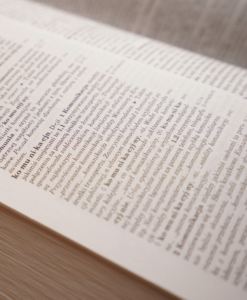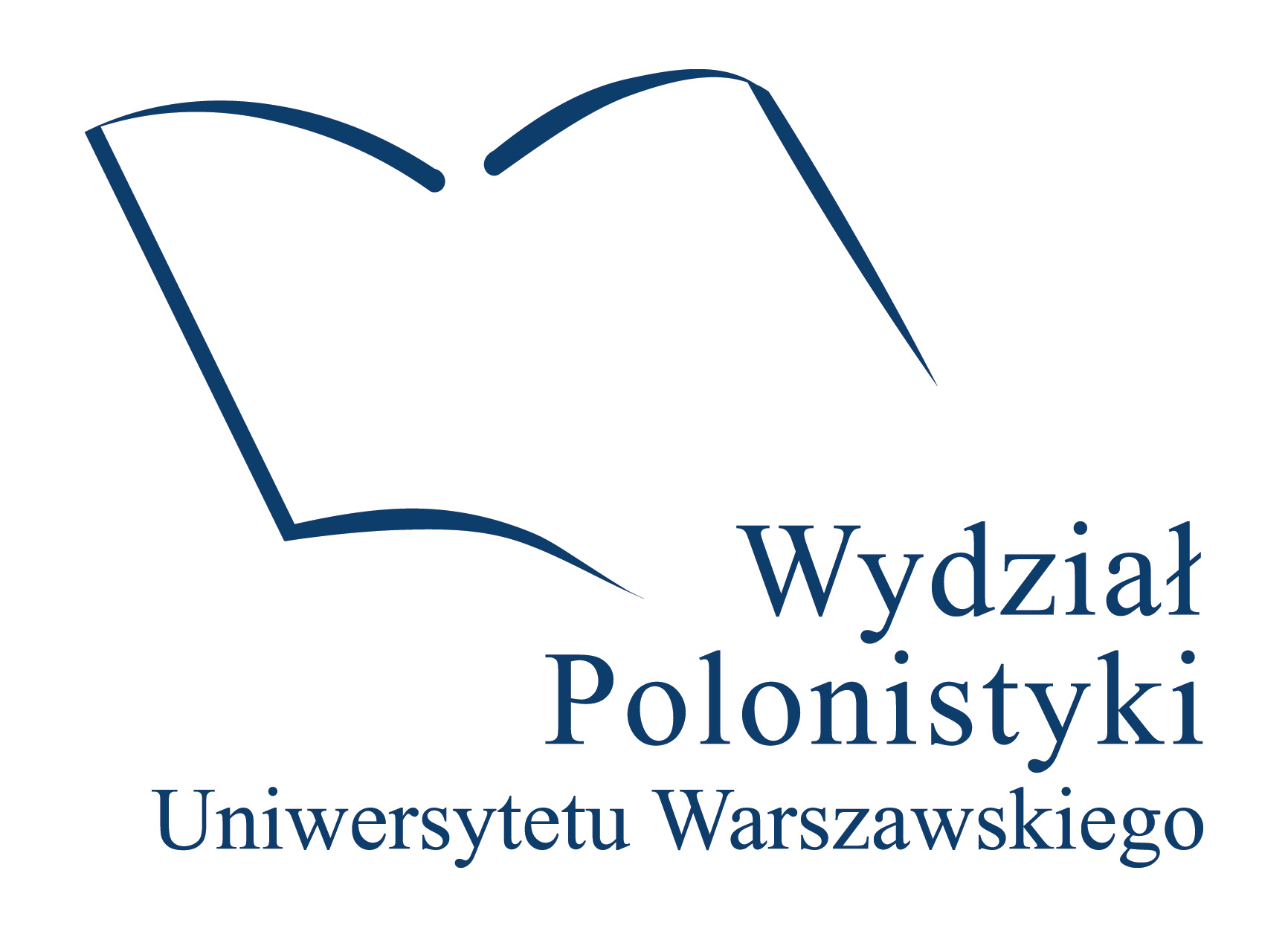9. Researching Books: Metamorphosed Meanings
 At the Faculty of Polish Studies, research on books transcends all sorts of boundaries: temporal (from antiquity to postmodernity), geographical (from the Mediterranean and the southern Slavic areas to the Baltic countries), cultural (from discussing the European canon to exploring the discourses of minorities and the disadvantaged), and methodological (from traditional philology to projects incorporating the latest advancements in digital humanities).
At the Faculty of Polish Studies, research on books transcends all sorts of boundaries: temporal (from antiquity to postmodernity), geographical (from the Mediterranean and the southern Slavic areas to the Baltic countries), cultural (from discussing the European canon to exploring the discourses of minorities and the disadvantaged), and methodological (from traditional philology to projects incorporating the latest advancements in digital humanities).
We begin our narrative of research on books by examining the language used in scientific writing. If asked to describe its characteristics, one would likely mention precision, objectivity and literalism. Yet does the language of science not frequently recur to the use of the metaphor? The answer is: yes, it does; even those representing the exact and natural sciences do so on a regular basis. Metaphors are not merely stylistic devices; they serve as cognitive frameworks that help us conceptualize abstract phenomena through sensory terms, making them easier to visualise. After all, we speak of electricity “flowing”, describe DNA as a “record (or “carrier”) of genetic information, and refer to a region of space-time with particular properties as a “black hole”. M. Zawisławska explores this topic in detail in her book titled Metafora w języku nauki. Na przykładzie nauk przyrodniczych (Metaphor in the Language of Science: An Example from Natural Sciences).
M. Zawisławska also leads the project SYNAMET – Microcorpus of Synaesthetic Metaphors. Synaesthetic metaphors are expressions that describe stimuli received with one sense or even extrasensory sensations in terms of another sense, such as a sharp sound or an enveloping scent. SYNAMET is the first Polish database of metaphors and the world’s first dedicated collection of synaesthetic metaphors. It was developed as a result of an inquiry into how metaphors are used to describe olfactory, gustatory and auditory sensations.
(Photo by M. Kaźmierczak)
